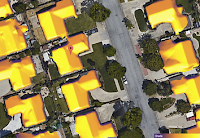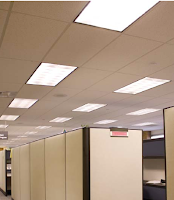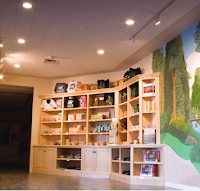LED lights use just 10 percent of the energy of incandescent lights and less than half the energy of today’s compact fluorescent (CFL) bulbs. An LED that uses 6 watts of electricity, for example, produces the same amount of light as a 14-watt CFL bulb or a 60-watt incandescent bulb. According to the U.S. Department of Energy, electricity used for artificial lighting in the U.S. could be cut nearly in half by 2030 through the adoption of high efficiency LEDs.
The
lights are commercially available today but haven’t been widely adopted
because they are more expensive than either CFLs or incandescents. The
high cost of LEDs is due in part to their reliance on rare earth
elements for their phosphors, materials that shift the blue light
emitted by most LEDs into a broad spectrum of white light.
A
new class of phosphors made from earth-abundant materials could slash
the cost of LEDs by as much as 90 percent according to their developers.
The
work has been driven by a dramatic increase in the cost of rare earth
elements -- by as much as 1600 percent over the past decade -- due to
increased demand and decreased exportation of the materials from China,
which has historically produced more than 90 percent of the world’s rare
earth elements.
A
2010 study looked at lighting use around the world for the past 300
years as lighting technology improved from whale oil lamps to gas and
kerosene lamps to electric incandescent bulbs. The study, conducted by
researchers at Sandia National Laboratories in Albuquerque, New Mexico found a direct relationship between decreased cost and increased consumption.
Looking
at the current transition from incandescent lights to CFLs and
ultimately LEDs, the authors concluded "there is a massive potential for
growth in the consumption of light if new lighting technologies are
developed with higher luminous efficacies and lower cost of light."
Aztec Electrical has helped businesses and home owners reduce their lighting expenses. Call our office today to learn more about how you can use new lighting technology to your advantage.









